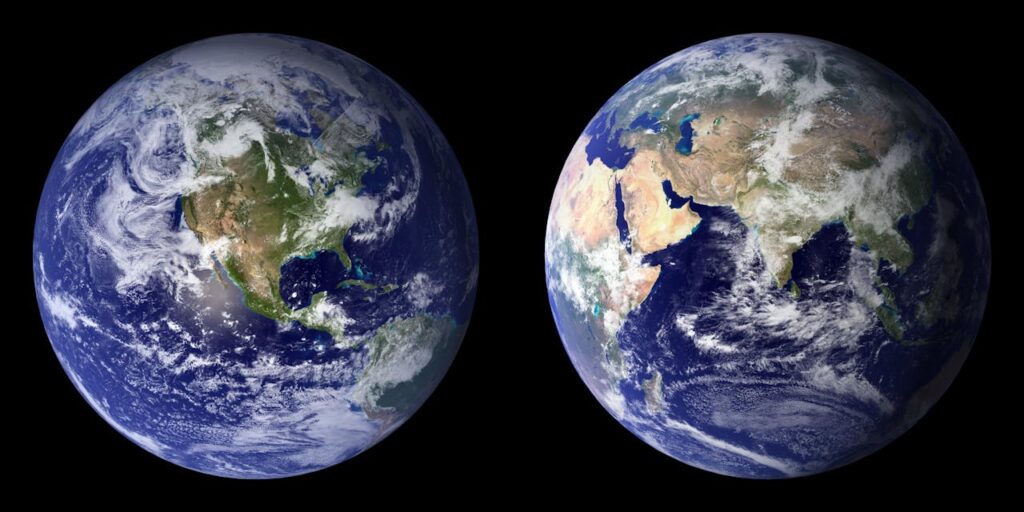The universe has always been a mysterious and fascinating place, full of secrets waiting to be uncovered. One of the latest attempts to unlock these secrets is the Laser Interferometer Space Antenna (LISA), a $1.6 billion space telescope that promises to redefine our understanding of the universe. In this article, we’ll delve into the world of LISA, exploring its capabilities, the science behind it, and what it hopes to achieve.
What is LISA Space Telescope?
LISA is a space-based observatory that aims to detect and study gravitational waves, which are ripples in spacetime produced by massive cosmic events, such as black hole mergers or supernovae explosions. Unlike traditional telescopes that detect electromagnetic radiation, such as light or radio waves, LISA uses laser interferometry to detect the tiny distortions caused by gravitational waves.
Comparison with Other Space Telescopes
LISA is not the first space telescope, but its design and purpose are unique. While telescopes like the Hubble Space Telescope and the James Webb Space Telescope observe the universe in visible and infrared light, LISA observes the universe in gravitational waves. This new way of observing the universe will provide insights into phenomena that are invisible to traditional telescopes.
The Science Behind LISA Space Telescope
LISA works by using three spacecraft, positioned in a triangular formation, to detect the minute changes in distance caused by gravitational waves. Each spacecraft contains a laser interferometer, which measures the distance between the spacecraft by bouncing a laser beam off a mirror and back to the spacecraft. When a gravitational wave passes through the observatory, it causes a tiny change in the distance between the spacecraft, which is detected by the laser interferometer.
Detection of Gravitational Waves
The detection of gravitational waves is a complex process that requires highly sensitive instruments. LISA is designed to detect waves with frequencies between 0.1 and 100 mHz, which is a much lower frequency range than the gravitational waves detected by ground-based observatories like LIGO and VIRGO.
The Tripartite Observatory
The unique design of LISA is its tripartite observatory, consisting of three spacecraft positioned in a triangular formation. Each spacecraft plays a crucial role in the observatory:
- Spacecraft 1: Houses the laser interferometer and the detector that measures the distance between Spacecraft 1 and Spacecraft 2.
- Spacecraft 2: Houses the laser interferometer and the detector that measures the distance between Spacecraft 2 and Spacecraft 3.
- Spacecraft 3: Houses the laser interferometer and the detector that measures the distance between Spacecraft 3 and Spacecraft 1.
The Benefits of LISA Space Telescope
The LISA Space Telescope promises to unlock new secrets of the universe, including:
- Advancements in Astronomy: LISA will provide insights into the universe’s beginnings, the behavior of black holes, and the formation of galaxies.
- Insights into the Universe’s Beginnings: LISA will detect gravitational waves produced by the universe’s early formation, providing a new window into the universe’s origins.
- Enhanced Understanding of Black Holes: LISA will detect gravitational waves produced by black hole mergers, providing insights into the behavior of these enigmatic objects.
Challenges and Limitations
Detecting gravitational waves is a challenging task, and LISA faces several technical difficulties:
- Noise and Interference: LISA must detect the tiny changes in distance caused by gravitational waves, which are masked by noise and interference from various sources, including the spacecraft’s motion and the sun’s radiation.
- Overcoming the Challenges: To overcome these challenges, LISA uses advanced technologies, such as sophisticated noise reduction algorithms and precision optics.
The LISA Space Telescope is a groundbreaking observatory that promises to unlock new secrets of the universe. With its unique design and advanced technologies, LISA will provide insights into the universe’s beginnings, the behavior of black holes, and the formation of galaxies. While challenges and limitations exist, the potential rewards of LISA make it an exciting and worthy endeavor.
Key Facts:
- Cost: $1.6 billion
- Launch Date: 2028 (planned)
- Mission Duration: 5 years (planned)
- Spacecraft: 3
- Distance Between Spacecraft: 2.5 million kilometers
- Gravitational Wave Frequency: 0.1-100 mHz
Quotes:
- “LISA is a game-changer for astronomy. It will allow us to study the universe in a way that was previously impossible.” – Dr. Lisa Kaltenegger, LISA scientist
- “LISA is a highly complex and ambitious mission, but the potential rewards are immense. We’re excited to embark on this journey.” – Dr. Martin Rees, Astronomer Royal
Case Studies:
- Gravitational Waves Detection: LISA’s detection of gravitational waves produced by a black hole merger will provide insights into the behavior of these enigmatic objects.
- The Universe’s Beginnings: LISA’s detection of gravitational waves produced by the universe’s early formation will provide a new window into the universe’s origins.
Tables:
| Category | LISA | LIGO |
|---|---|---|
| Gravitational Wave Frequency | 0.1-100 mHz | 10-1000 Hz |
| Distance Between Spacecraft | 2.5 million kilometers | – |
| Detection Method | Laser Interferometry | Laser Interferometry |


